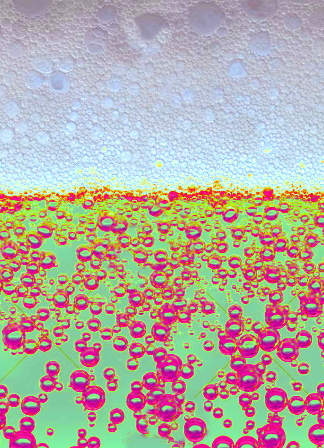CO2 pump pulls from air
 A new technique is being used to extract carbon dioxide (CO2) from the air.
A new technique is being used to extract carbon dioxide (CO2) from the air.
The approach leverages a CO2-permeable synthetic membrane, which operates without the need for significant energy input.
Over 35 billion tonnes of CO2 are emitted into the atmosphere each year, making it the primary driver of global warming.
Current strategies for CO2 capture, primarily targeting emissions at the source, such as factory smokestacks and power plants, face challenges once the gas disperses into the atmosphere.
The innovative membrane being tested by researchers addresses this challenge by exploiting the energy difference between dry and humid air.
The membrane system “hijacks” the energy generated by humidity differences, which traditionally requires substantial external energy for CO2 concentration.
In the laboratory, the researchers successfully utilised this energy to pump CO2 out of the air.
“In the membrane system we developed, water flowing downwards was used to power the capture of CO2, allowing it to be concentrated so it could be reused or stored,” says Professor Patricia Hunt from the School of Chemical and Physical Sciences, who is also an associate investigator at the MacDiarmid Institute.
Dr Greg Mutch from Newcastle University, a co-researcher, compared the process to a waterwheel: “Whereas a mill uses the downhill transport of water to drive milling, we use it to pump carbon dioxide out of the air”.
The laboratory experiments were conducted using an alumina membrane reactor, a common device for separating chemicals in wastewater treatment. This reactor facilitated the CO2 capture process without constructing large-scale infrastructure.
The membrane used in these experiments is similar to a small water filter cartridge, where CO2 requires a water molecule and an energy push to pass through.
“Our research has shown that a membrane system can remove CO2 from the air, without the need for a large external energy source. This technology could play a part in the huge task of tackling carbon emissions, but more work will be needed to develop and test its application beyond the lab,” said Professor Hunt.
More details are accessible here.








 Print
Print